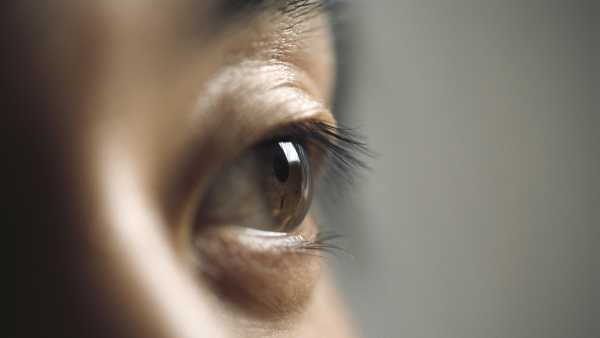
An innovative vision correction technique could offer a laser-free alternative to LASIK in the future. (Image: Veronique Beranger via Getty Images)
Experts have created an experimental approach to ophthalmological correction, where instead of laser exposure, the shape of the outer shell of the eye is changed under the influence of electrical impulses.
At the current stage, the technology has only been tested on animals, but the authors of the development suggest that over time it will be able to supplement or replace the classic LASIK operation. The results of the study were presented on August 18 at the annual conference of the American Chemical Society in Washington.
LASIK remains the most popular type of laser correction, changing the refraction of light through the cornea. This technique corrects defects that lead to myopia, hyperopia and astigmatism, allowing patients to give up glasses or lenses. Since its approval in 1999, more than 10 million such procedures have been performed in the United States.
You might be interested in
-
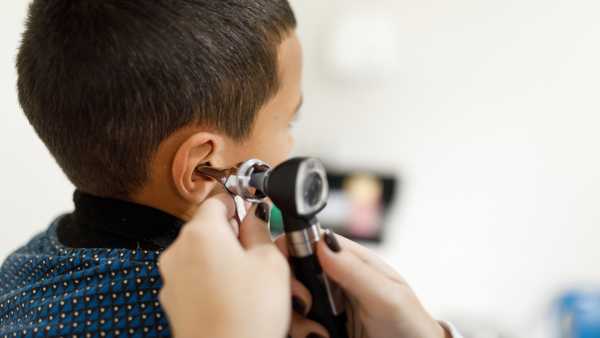
First clinical trial of gene therapy to treat congenital deafness in adolescents and adults.
-
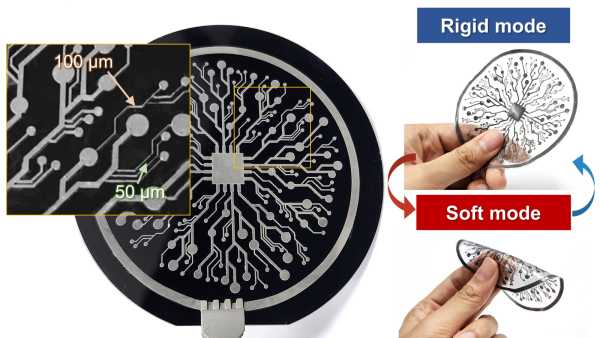
An unusual “electronic ink” with variable shape has been developed, which could become the basis for a new generation of flexible devices.
-

Experiment: Mice show ability to 'feel' artificial limbs similar to humans in 'rubber hand illusion'
The cornea is responsible for focusing light rays on the retina before transmitting information to the brain. Its irregular shape causes visual impairment. Despite the effectiveness of LASIK, the procedure is sometimes accompanied by side effects, including pain and the risk of tissue damage.
In search of an alternative that eliminates lasers and incisions, Michael Hill (chemist, Occidental College) and Dr. Brian Wong (University of California) began studying electromechanical remodeling (EMR). This technology has previously been used to correct rabbit ears and pig scars, and is now being adapted for ophthalmology.
The principle of EMR is based on the effect of electricity on collagen structures. The decrease in pH under the influence of current temporarily weakens the bonds between molecules, making the tissue pliable. After the current is turned off and the pH is restored, the shape is fixed.
To test the hypothesis, the scientists used rabbit eyes, placing a platinum template on the cornea in a saline solution and passing a current through it. After a minute, the shape of the shell changed, simulating the LASIK process in duration.
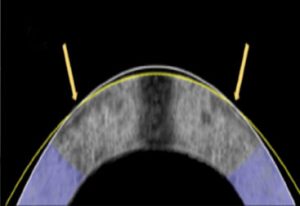
EMR corrected the curvature of the rabbit cornea (cross-section) from the original (white line) to the target (yellow line).
In an experiment with 12 samples, 10 eyes were modeled to be myopic. The method successfully improved focusing without damaging the cells. The scientists also suggest the potential of the technology to treat corneal opacities as an alternative to transplantation.
Despite the optimism, the technology requires further testing in living organisms and clarification of the range of disorders that can be corrected. “It’s a long process that requires multiple rounds of validation,” Wong told Live Science.
Maria Walker, an optometrist in Houston, noted the safety of the method for cells and the transparency of the cornea after the procedure, but emphasized the need to study the long-term effects. The lack of heat, unlike laser, may reduce the risks.
RELATED MATERIALS
— Laboratory mini-brains independently form “eye” structures
— Which animal has the sharpest vision?
— Do blue-light-blocking glasses help reduce eye fatigue? A review of studies found no such relief.
If successful, the technique could offer reversibility (no tissue removal) and cost-effectiveness compared to LASIK. “There are limitations to LASIK where our technology could complement it,” Wong explained.
The cost of EMR equipment is expected to be lower than that of laser systems, which will increase the availability of vision correction for patients.
Disclaimer
The material is for informational purposes only and does not replace specialist consultation.

Olivia Ferrari, science writer for Live Science
Olivia Ferrari is a New York-based freelance journalist who covers science research and innovation. She has worked in the UK, Latin America and elsewhere. Her reporting focuses on the nature, climate and social aspects of science.
Please confirm your display name before posting a comment.
Please log in again to enter your display name.
Exit Read more
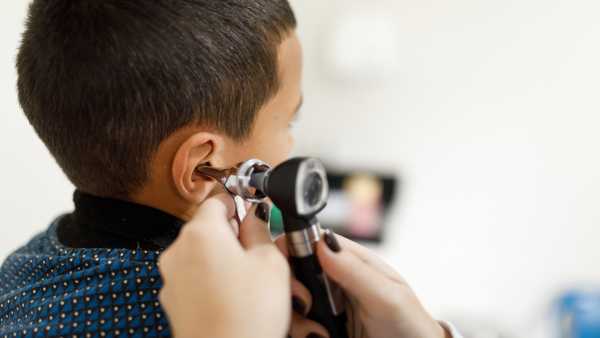
Gene therapy has been used for the first time to treat congenital deafness in adolescents and adults.
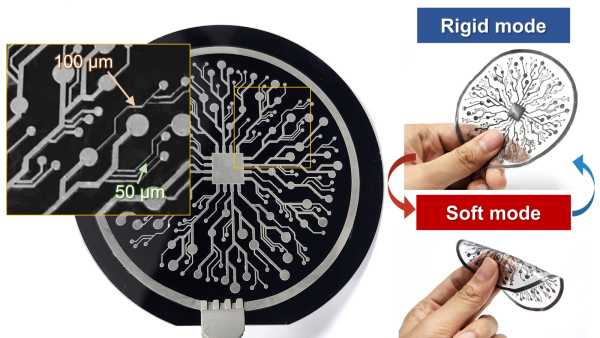
Electronic ink with a transformable structure has been created for flexible electronics of the future.

Study: Mice can perceive artificial limbs through 'rubber paw illusion'
Sourse: www.livescience.com





